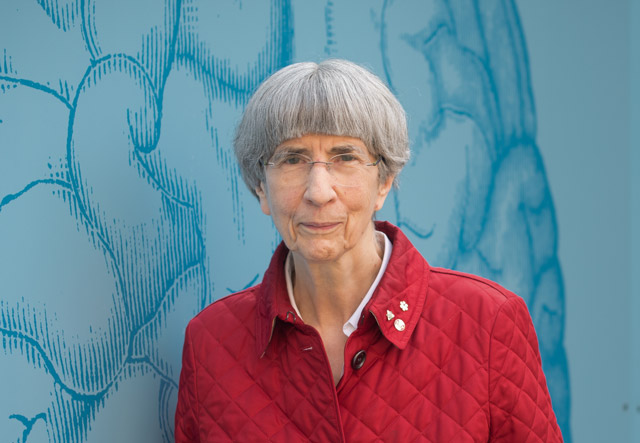Then and Now: Dr. Sandra Black on advancing Alzheimer’s research
Dr. Sandra Black, cognitive neurologist and senior scientist at Sunnybrook, is considered one of the foremost experts on Alzheimer’s disease and dementia research. A pioneer in her field, Dr. Black was the first woman in Canada to head up a division of neurology. Over the course of her nearly 40-year career as a clinician-researcher, she has received numerous awards, including being appointed as an Officer to the Order of Canada and the Order of Ontario, has authored more than 600 publications, and contributed to leading advances in the field. Today, as Scientific Director of the Dr. Sandra Black Centre for Brain Resilience and Recovery and an active clinician researcher, she leads an expert team of scientists on a mission to treat and prevent dementia.
In the timeline below, listen as Dr. Black shares her insights about the advancements she's seen over the last several decades, what keeps her motivated, and why we might be entering a new era for Alzheimer’s disease.
Timeline of advancements in Alzheimer’s research at Sunnybrook
Click through the dates in the timeline below to learn more. Scroll down to hear from Dr. Black.
-
1980s: Developing an early understanding
With more advanced imaging, the 1980s was a decade of significant advancements, including how Alzheimer’s was found to be a diffuse disease and more widespread in the brain than originally thought.
Photo: Dr. Sandra Black (far right) and colleagues are seen in the Cerebral Blood Flow Lab at Sunnybrook.
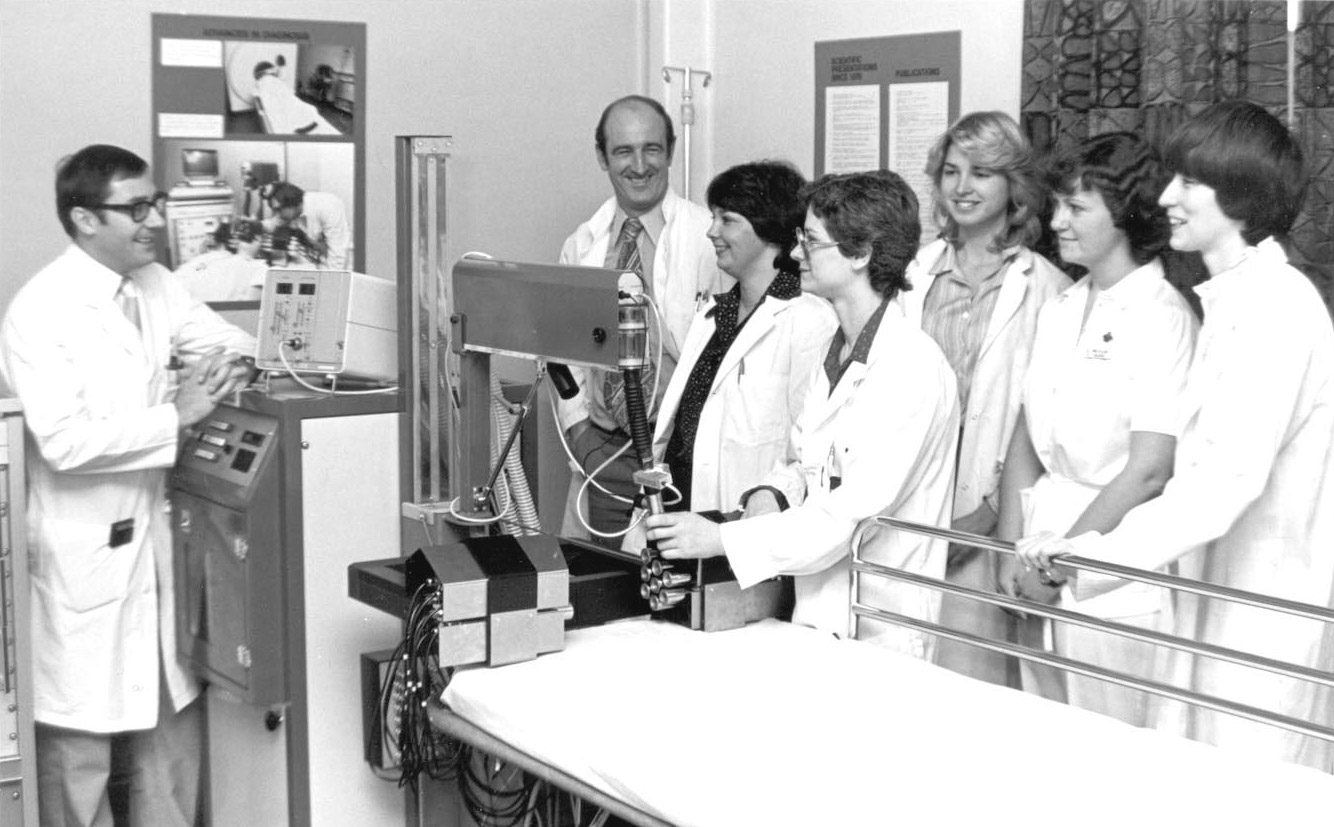
-
1995: The launch of a pivotal study
Dr. Black launches the Sunnybrook Dementia Study, a 25-year prospective observational study measuring and monitoring changes in patients with Alzheimer's disease, vascular disease and other neurodegenerative diseases. The ongoing research has contributed to international consensus criteria for Alzheimer's and other dementias, and been a key resource for nearly 200 peer reviewed articles by researchers in the field.
Photo: Dr. Sandra Black, principal investigator of the Sunnybrook Dementia Study.
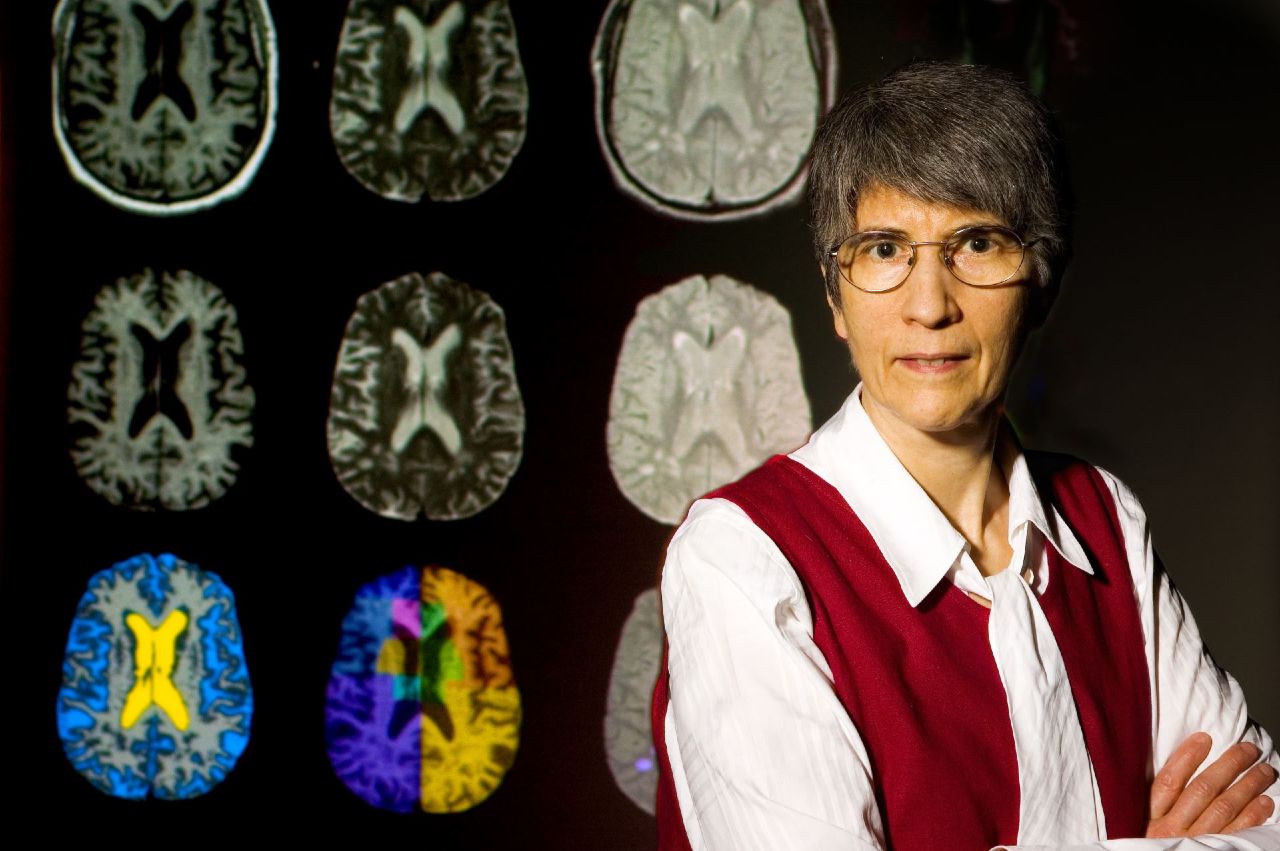
-
2007: Visualizing Alzheimer's
A new scale was developed by Dr. Sandra Black's team at Sunnybrook to measure the amount of White Matter Disease in the cholinergic pathway, an area of the brain that plays a key role in attention, learning and memory.
Photo: White matter tracts in 3D generated from diffusion tensor imaging (DTI), an MRI technique that estimates the white matter organization of the brain.
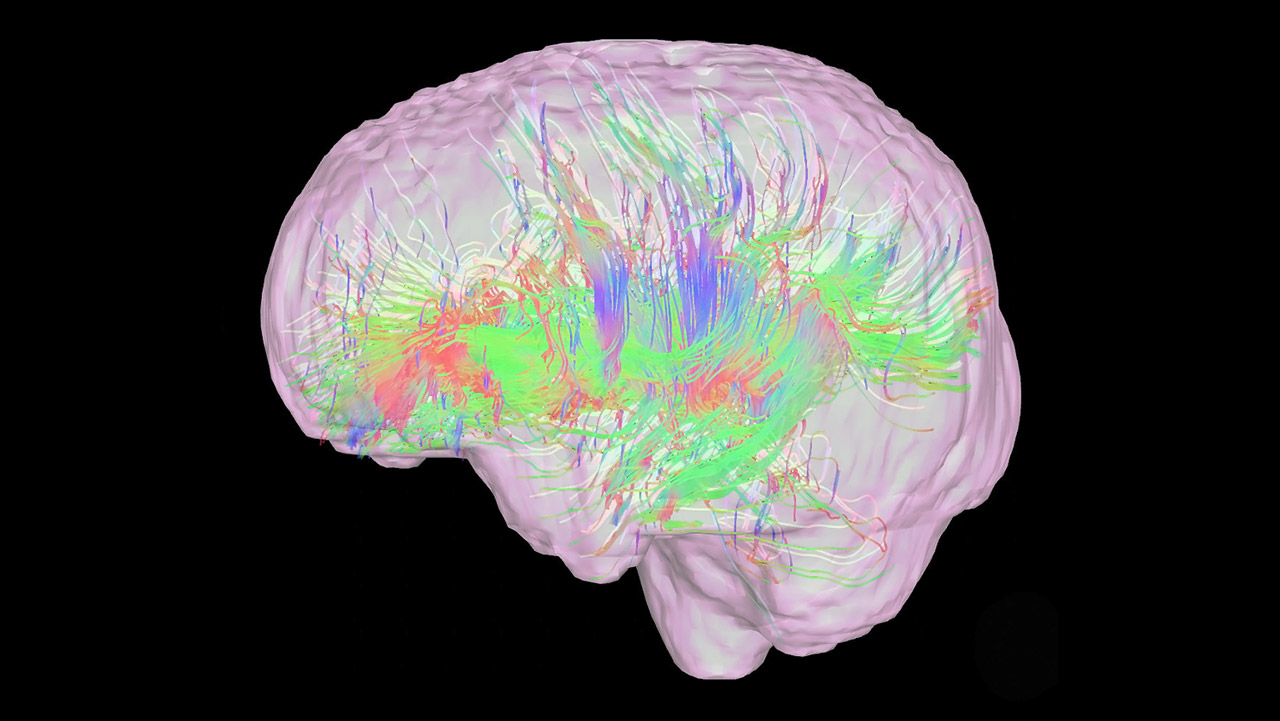
-
2018: A new way into the brain
How preclinical research at Sunnybrook led to clinical studies using focused ultrasound, a safe and non-invasive way to target areas of the brain related to Alzheimer's disease.
Photo: An interdisciplinary team at Sunnybrook plans their target for focal blood-brain barrier opening with focused ultrasound.
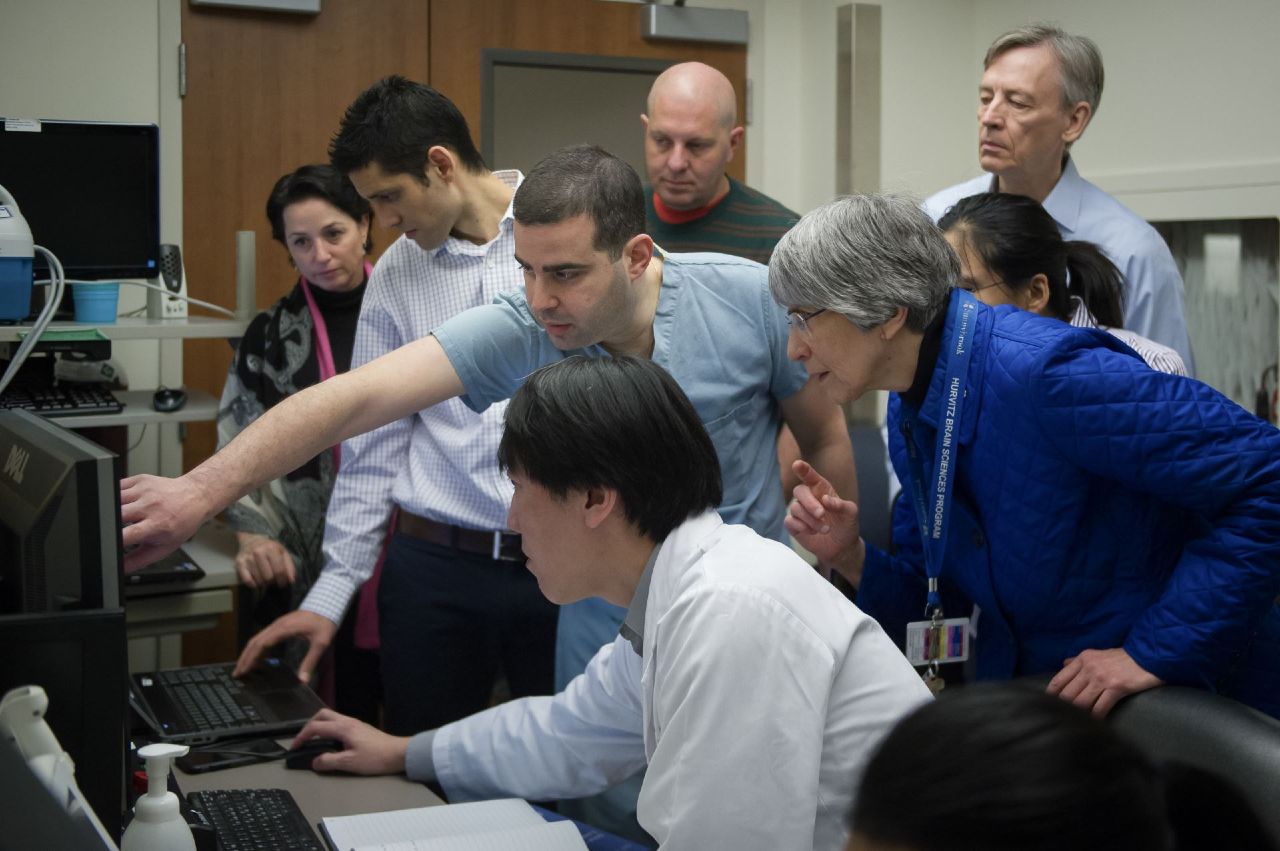
-
2020: The Dr. Sandra Black Centre for Brain Resilience & Recovery
Sunnybrook launches The Dr. Sandra Black Centre for Brain Resilience & Recovery, funded by a $10M lead gift from an anonymous donor. The Centre brings together internationally-recognized researchers in the pursuit of treatments and early prevention of Alzheimer's disease and other dementia-related conditions.
Photo: Dr. Sandra Black, Scientific Director of the Dr. Sandra Black Centre for Brain Resilience and Recovery.
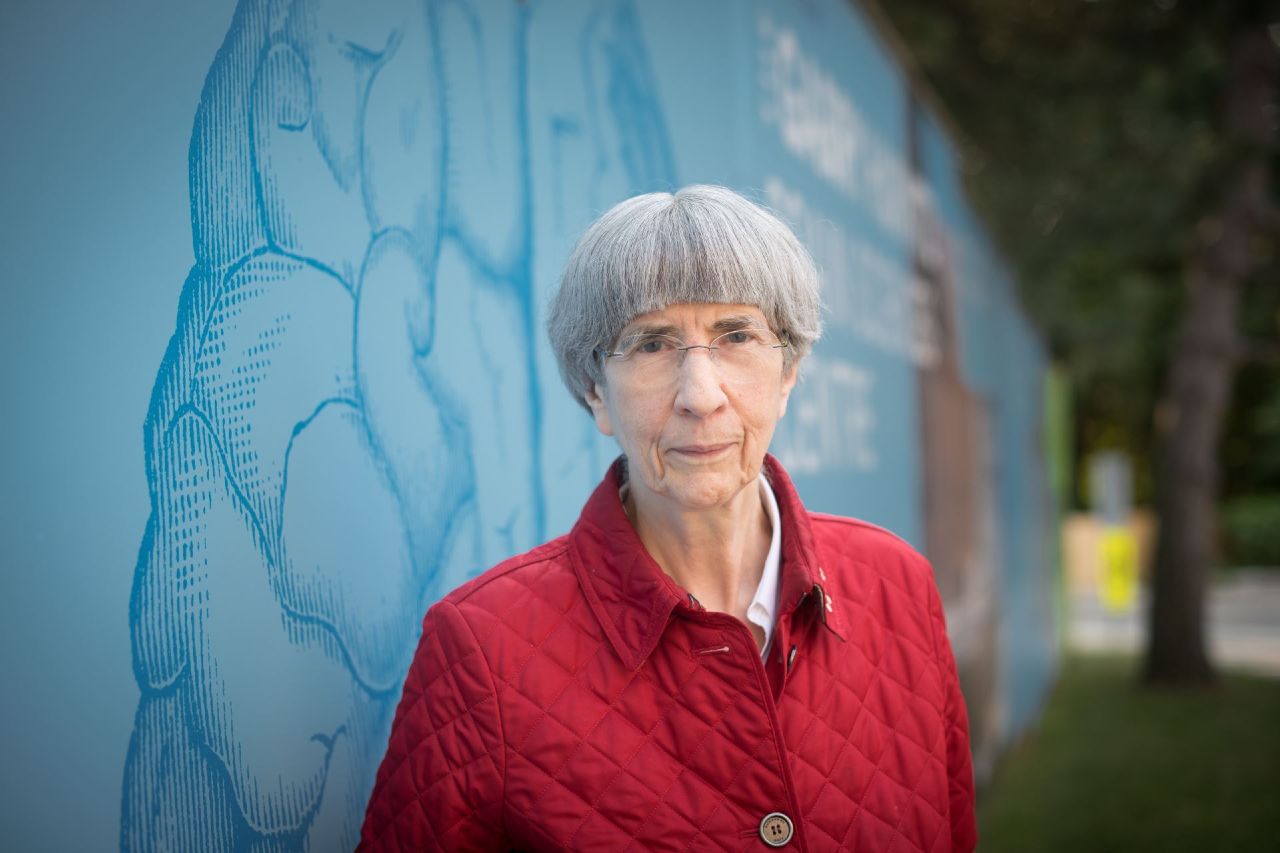
-
Today: How to help prevent Alzheimer's
With more knowledge about Alzheimer's than ever before, clinicians and researchers have identified a number of important factors influencing the brain's resiliency including diet, genetics, exercise, sleep and socialization. Listen as Dr. Black shares what has kept her motivated over the years.
Photo: Dr. Sandra Black with research MRI technologist Sangkyu Moon.
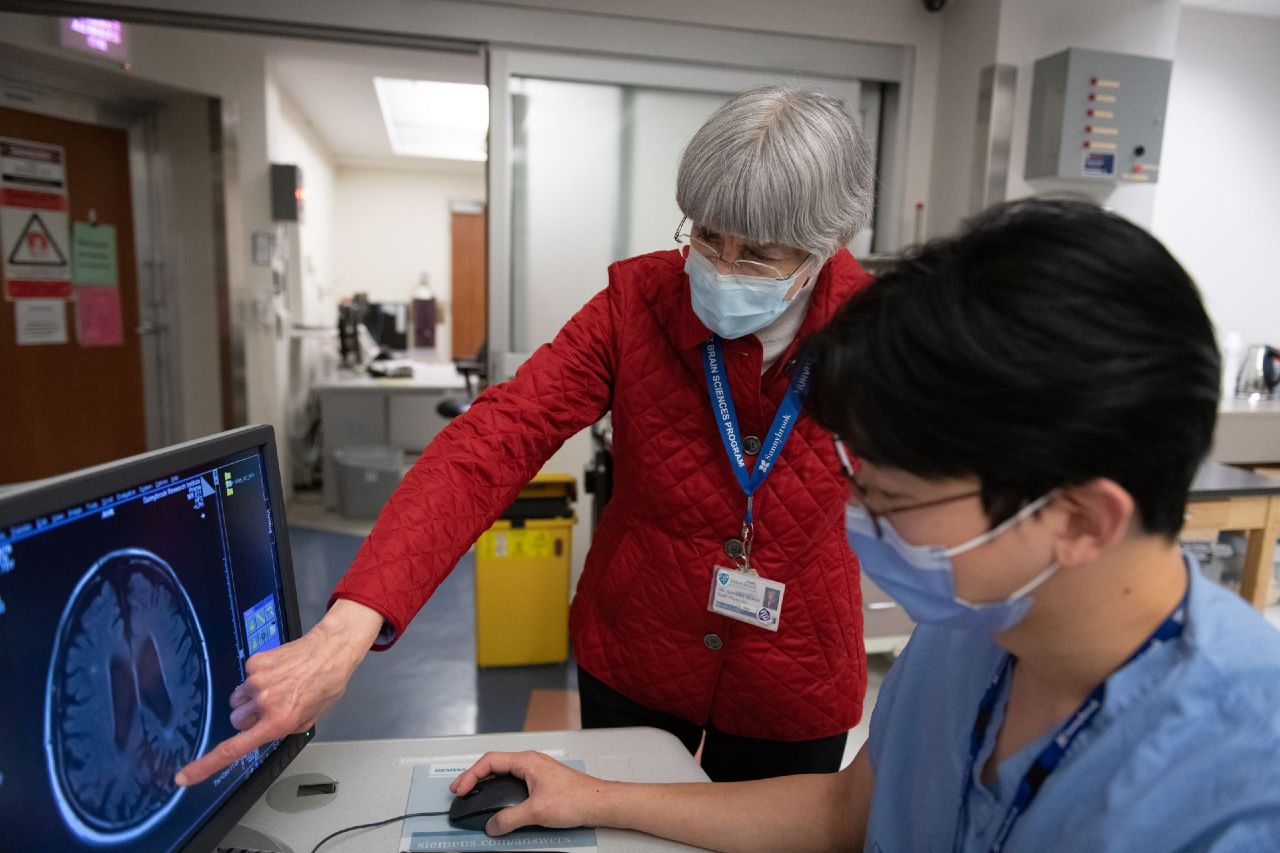
» Learn More about Dr. Sandra Black Centre
Support Dr. Sandra Black Centre








